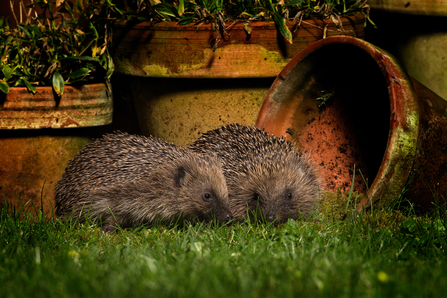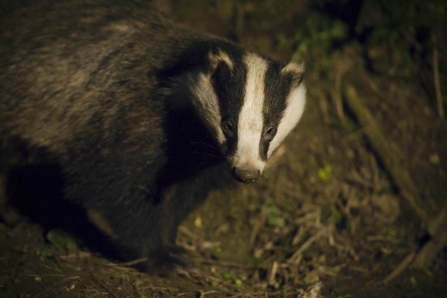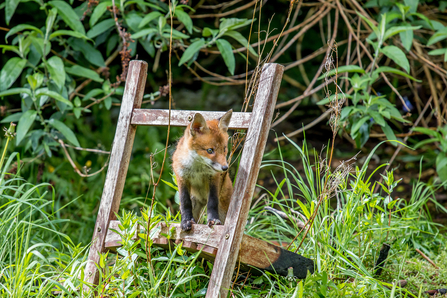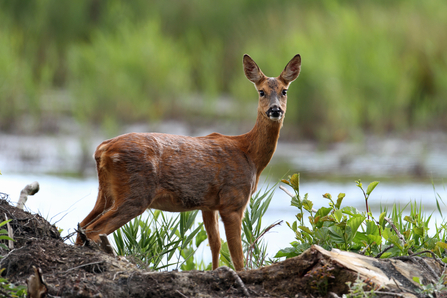Hedgehogs
These sleepy little creatures can be found hiding amongst hedgerows, woodlands, in meadows and grassland or even in your own garden. Hedgehogs are nocturnal animals, so they can only be seen night, although you might stumble across one as the light fades at dusk. It has been recorded that they can walk as far as 2 miles each evening as they snuffle about, foraging for invertebrates ‐ a fair distance for their little legs. Each hedgehog carries an estimated 5000‐7000 spines that make up their spiky exterior.





